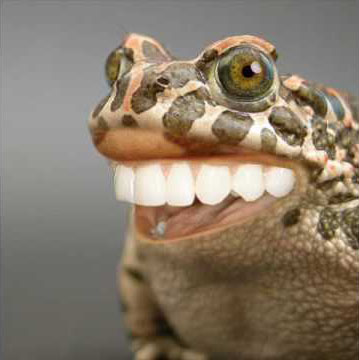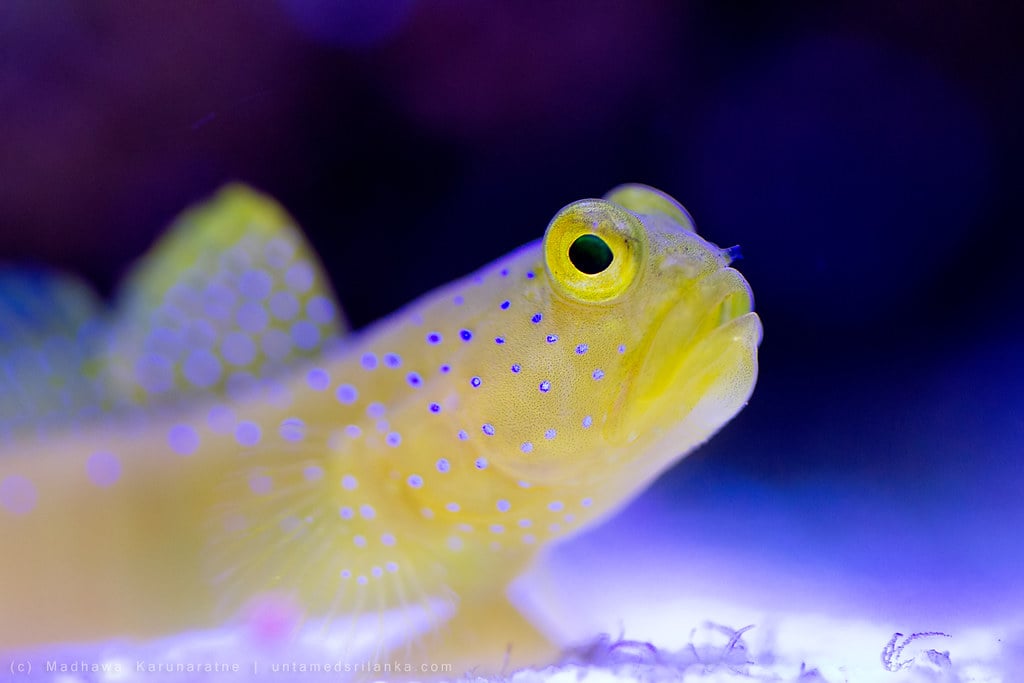Whale sharks are the peak of fishitude, my friend
spinnetrouble
- 1 Post
- 114 Comments

 2·15 days ago
2·15 days agoCultivating live food for your fish friends is a great idea! Research, trial, and error are going to be really important in the process, so it’s better to do it in a separate tank to keep your fish safe. We don’t have the ability to bring an entire complex ecosystem into our homes and put it in a glass box; the best we can do is mimic one as best as possible. This means that an experimental tank won’t have as many of the same “redundancies” nature does when nutrient, light, or oxygen/dissolved gases get out of balance, and population crashes can happen a lot more easily. (Even if it’s just the food creatures that die off, the decaying matter can cause problems like ammonia burns for your fish.) Rather than trying to establish a sustainable colony of food animals in your fish tank, starting a tank with food animals and slowly adding fish to it will give you a much clearer picture of how large a population they can sustain.
Some tips to help you build as robust a system as you can:
- Use a 10 gallon (about 40 liters) or larger tank. Greater water volume means increased stability because the water dilutes concentrations of things like ammonia and gives you a nice buffer for environmental changes; a 5 gallon (about 20 liters) tank will have much narrower safety margins and will make it harder to figure out where the problems lie.
- Add a lot of plants, both in number and variety, to improve oxygenation and reduce carbon dioxide in the water. They’ll also provide food and grazing surfaces for a lot of smaller food animals.
- Use a canister filter or AquaClear-style hang-on-back (HOB) filter that gives you a lot more filter medium for housing the microbes that process nitrogenous wastes like ammonia, nitrite, and nitrate than a single, fiber-covered plastic cartridge. Don’t run charcoal or activated carbon in it unless you’re finishing up a round of disease treatment–it’ll pull out a lot of the stuff the tank’s plants and animals can use. Canisters and HOB filters will also give you better gas exchange than an undergravel or sponge filter will.
- Tank barriers are easy to make out of plastic mesh used for crafts like needlepoint. I think the holes would be big enough for most food animals to swim through, but not allow fish in their area, but I’m not sure.
This sounds like a really cool project. If you decide to do it, I hope you’ll post updates!
“It’s important to have a job that makes a difference, boys. That’s why I manually masturbate caged animals for artificial insemination.” – rando convenience store customer in Clerks, 1994
 25·19 days ago
25·19 days agoFast food joints already offer lower prices in their apps than at the drive through. You pay the difference through all the data they harvest.

 17·1 month ago
17·1 month agoNow we know where reddit took their profit strategy from

 53·1 month ago
53·1 month agoShit, some of them charge the authors to publish.

 4·1 month ago
4·1 month agoCan y’all have a weird off? I swear, you’re my two favorite posters in this community

 2·2 months ago
2·2 months agoTouched by His Noodly Appendage! 😇

 4·2 months ago
4·2 months agoI’ve been playing No Man’s Sky since they released the 5.0 content update. It’s made a huge difference in the look and feel of the game with things like modeled weather and oceans, and I’ve recently learned that sentinel attacks stop after you blow up the freighter they warp in.

 4·2 months ago
4·2 months agoYou can add a little fish food if you’re worried about starving the bacteria, but really, microorganisms can live pretty well off their dead brethren.
ETA: It is super important to test for ammonia, nitrite, and nitrate at least once a day if you add fish food and live fish to a new tank, even when using established filter media. It doesn’t take much fish food to crank the ammonia up to a point where it’s hard to get it back under control.

 9·2 months ago
9·2 months agoNo, large water changes will not typically crash an established cycle. The vast majority of the bacteria that break down nitrogenous wastes live attached to surfaces: filter media, hardscape, substrate, and plants. Filter media are designed with surface area in mind: the hang-on-back (HOB) filters using the plastic cartridge covered with fiber floss has lots of slots to allow water to pass through and over the fibers, which are frizzy and are easily colonized. Canister filters hold stacked baskets of media like porous, ceramic rings that are designed to maximize surface area and house a ton more helpful organisms than even the fiber-covered plastic cartridge.
When starting a new tank, it’s a good idea to throw some of your existing, healthy tank’s filter media (or plants or hardscape) in to jump start the community of microorganisms that keep your aquatic buds safe. You can use a friend’s, but only if you’d trust them to care for your fish at least as well as you do, as harmful organisms can also attach to surfaces and be carried along.

 2·2 months ago
2·2 months agoIt’s true; we love the dwarf shrimp for their looks, not their abundance of caution.

 2·2 months ago
2·2 months agoSquirt it right on top of the algae, not in the area. Peroxide’s not a dangerous toxin that lingers, but it’s reactive oxygen that disrupts bonds. (That’s its sanitizing super power.) It can chemically burn if left in contact with skin for too long, so I wouldn’t risk using it on hardscape inverts are sitting on or too near your fish. (The burns aren’t serious for humans but I don’t know how a fish or snail would do before the peroxide dissociated.)
If you need to, put some tank water into another container and treat your hardscape in that so you don’t risk anyone’s safety.

 7·2 months ago
7·2 months agoFirst thing to do is remove as much as you can by hand. I usually twirl it around a barbecue skewer and pull gently until I get a good wad of it, like getting cotton candy onto a cone. Keep doing that until you can’t find any more clumps.
Next, do a water change to reduce available nutrients in the water column. If you use plant nutrients heavily or tend to overfeed like I do, 50%+ is a good place to start when it comes to starving out hair algae. Keep doing water changes on a regular basis (I shoot for 10-25% every week, but in reality it’s usually every two or three weeks) to keep the overabundance of nutrients in check.
You can spot-dose store bought hydrogen peroxide (the regular 3% kind) with a dropper onto remaining patches of algae; they should start to die off immediately and change color to red or brown. Those bits can then be pulled out or siphoned up. Used in small amounts (like a couple droppers’ worth, not a quarter bottle), peroxide shouldn’t hurt anything in your tank and will quickly break down to water and oxygen.
After those initial steps, keeping control of hair algae involves getting your plants to outcompete it for food. One really easy way to do that is to add more plants and keep using the same amount of fertilizer. You’ll know when to increase your dose when the plants start looking like they’re deficient or not growing as well as before; make small changes and wait at least a few days to see how they respond.
Aside from more plants, a nerite snail is a great addition to your cleanup crew. I’ve never had one try to escape before, but a female nerite will lay eggs on your hardscape. They’re small and white and look like sesame seeds. The eggs won’t hatch in fresh water or harm your tank.
Good luck! I know hair algae is a hassle and hope this works for you.

 5·3 months ago
5·3 months agoBettas are big on personality and intelligence in general. I’ve had some chill bettas who’ve shared a ten gallon tank with shrimp, and ones who have eaten all the shrimp in a couple days. Some ignored the other fish in the tank, and one had to be put in his own 5 gallon tank because he would chase everyone and stress himself out.
My favorite betta would refuse to eat the pellets I got him unless I ground them up into smaller pieces with a mortar and pestle. He totally could, he just didn’t like to. Once he found that I would break them up into smaller pieces for him because I didn’t want him to starve, he stopped responding at all to whole pellets and would stare and wait for me to grind them up before swimming to the surface. “Pardonnez moi, mademoiselle, these are unacceptable”

 4·3 months ago
4·3 months agoYou glorious weirdo! Part of me wants to know what you used for a prompt, and the rest of me absolutely does not want to know what you used for a prompt.

 2·3 months ago
2·3 months agoChocolate covered potato chips, unsweetened banana chips

 3·3 months ago
3·3 months agoOh, HELL yes!!!
This right here is why people buy display hutches to hold glassware, change my mind


Yeah, that’s completely true. It’s up to each person to decide what their standards are and where they draw the line. Like Roman Polanski anally raping a 13 year old and using his money and fame to leave the country and avoid the prison time may be across one person’s line while another person says, “Eh, what can you do? It was almost 50 years ago.” Also true, but that piece of shit is still alive and making money–from people who like his work at least enough to keep consuming it.